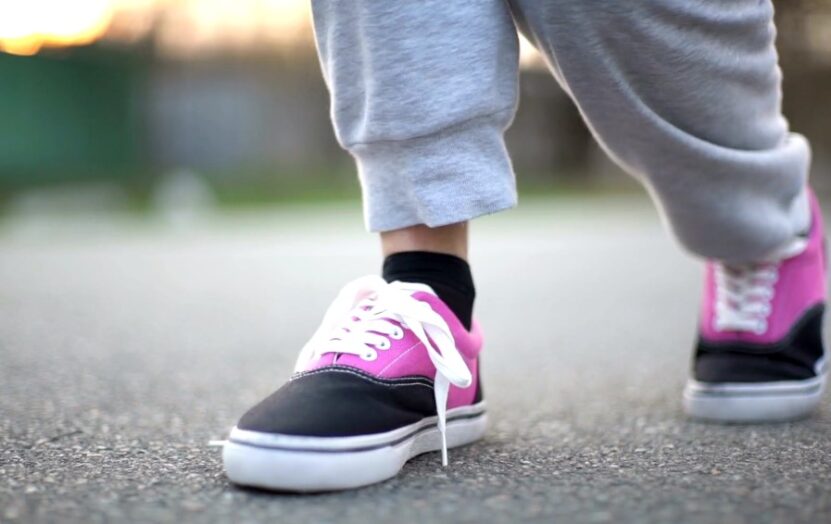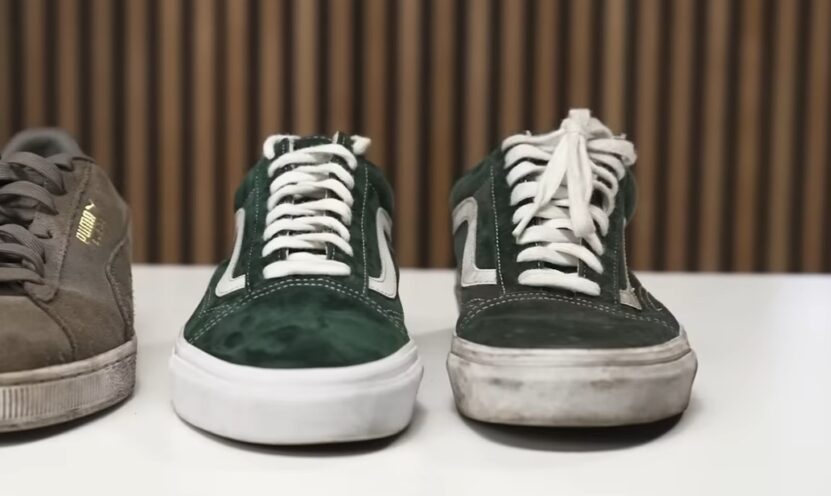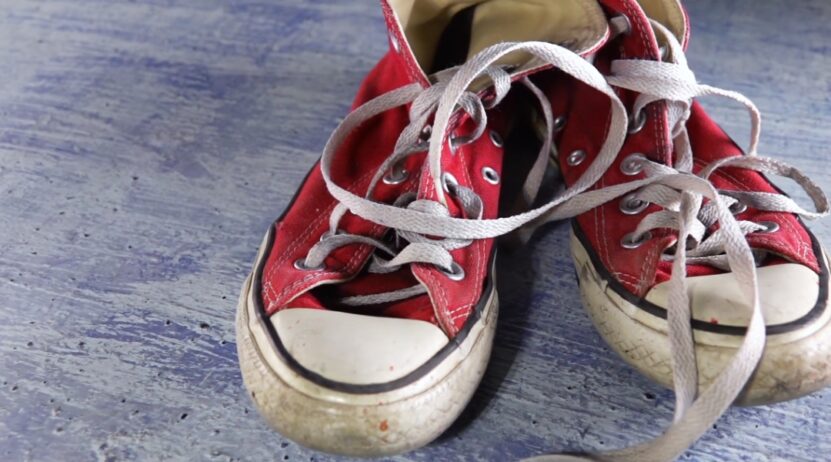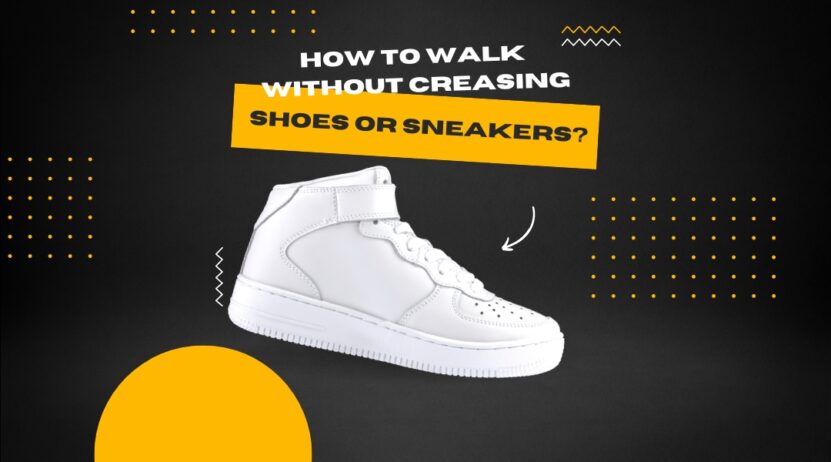Your brand-new sneakers are gleaming with their unspoiled beauty, yet you dread the inevitable fate that awaits them: creases. One of the most common pet peeves among sneaker enthusiasts, creasing can quickly tarnish the pristine look of your footwear. But is it possible to walk without creasing your shoes or sneakers? The answer is yes, and this guide will teach you how.
Why Shoes Crease?
Before we delve into how to avoid creasing, let’s understand why shoes crease in the first place. Shoes crease primarily because of the material they’re made from and the manner in which they’re worn. As you wear your shoes and walk, your foot bends, and places stress on the shoe material. This repeated bending over time eventually results in visible creases.
- Leather Shoes: These tend to crease more easily because leather is a natural material that flexes and molds to the shape of your foot.
- Sneakers: Creasing varies depending on the material. Canvas sneakers are less prone to creasing, while those made of synthetic materials or leather might crease more.
Best Practices To Minimize Creasing

While it’s almost impossible to entirely avoid creasing, you can follow some practices to significantly minimize it.
- Correct Size: The first step begins even before you wear your shoes. Ensure you purchase the correct size. Shoes that are too big will slide and bend, creating creases. Similarly, shoes that are too small will stretch and deform, leading to creases.
- Shoe Horn: Use a shoe horn when putting on your shoes. This device helps you slide your foot into the shoe easily without crushing or bending the heel part.
- Walking Style: Try to walk without bending your foot too much. It might feel unnatural at first, but with practice, you’ll get the hang of it.
Shoe Care Tips
Taking care of your shoes can also prevent them from creasing. Here are some care tips to keep your shoes looking fresh.
- Shoe Trees: These are great for maintaining the shape of your shoes when you’re not wearing them. They also help to stretch out creases that may have formed during the day.
- Alternate Pairs: Don’t wear the same pair of shoes every day. Alternating between different pairs can give your shoes a breather and time for creases to naturally work themselves out.
- Storage: Store your shoes properly. Don’t stack them or cram them in tight spaces. Maintain their shape by keeping them in a cool, dry place.

Pro-Tips From Sneakerheads
The sneakerhead community has come up with some ingenious ways to prevent shoe creases.
- Sneaker Shields: These are insertable plastic shields that provide a protective barrier against creasing. They can be cut to fit and are usually comfortable to wear.
- Ironing Out Creases: Believe it or not, it’s possible to iron out creases on sneakers. Simply stuff your shoes with socks or cloth, dampen the creased area with a wet cloth, and then carefully iron the area.
Remember to always test these methods on a small, unseen part of the shoe first, and use the lowest heat setting to avoid any damage.
Advanced Strategies For Minimizing Creases in Your Shoes or Sneakers

After understanding the basics of why shoes crease and how to prevent it, it’s time to dig a bit deeper and explore some more advanced strategies to keep your shoes and sneakers crease-free.
1. The Science of Materials
Materials play a vital role in shoe creasing, and different materials react differently under stress.
- Leather: Full-grain leather is the best quality, but it is most likely to crease. It’s important to treat and condition leather regularly to keep it soft and flexible, reducing the risk of creases.
- Synthetics: Synthetic materials like polyurethane (PU) or ethylene-vinyl acetate (EVA) are more resistant to creasing, but they may not offer the comfort or aesthetic appeal of natural materials.
- Canvas: Canvas shoes are highly flexible, reducing the likelihood of creases. They are also easier to clean and maintain, adding to their longevity.
2. Shoe Construction and Creases
The construction of the shoe also impacts how much it creases.
- Handcrafted Shoes: Shoes crafted by experienced artisans often have a better fit and finish, leading to fewer creases. They take care to mold the material around the last (shoe mold), reducing the potential for creasing.
- Stitching and Adhesive: The quality and placement of stitching, as well as the type of adhesive used in shoe construction, can also contribute to creasing. Well-stitched shoes are more likely to hold their shape.

3. Protective Products and Accessories
Many products in the market are specifically designed to combat creasing.
- Shoe Stretcher: This tool can help expand your shoes slightly to reduce tightness and resultant creasing.
- Leather Conditioners: Regularly conditioning leather shoes helps to maintain their flexibility and resilience, minimizing creasing.
- Anti-Crease Sprays: These sprays create a protective layer over the shoe surface, guarding against creasing.
4. DIY Solutions for Crease Prevention
Home-based solutions can also be used to minimize creasing.
- The Freezer Trick: Place a small bag of water inside your shoe, then put the shoe in the freezer. As the water freezes, it expands, gently stretching out the shoe and reducing creases.
- The Heat and Moisture Technique: After stuffing your shoes with socks or cloth, apply a mixture of equal parts rubbing alcohol and water to the creased area. Use a blow dryer to dry the area, effectively reducing the appearance of creases.
5. Understanding Shoe Anatomy for Crease-free Walking
Knowing how shoes are designed to bend and flex can help you adjust your walking style.
- Toe Flex Point: Shoes are designed to bend at a certain point in the toe box area. Try to keep your foot flexion within this designed flex point to minimize abnormal creases.
- Heel Counter: Avoid stepping on the back of the heel when slipping on your shoes, as this can cause creasing and wear on the heel counter.
- Upper Material: Understand that the upper material of your shoe will dictate the amount of flex and creasing. Thicker materials will crease more dramatically than thinner ones.
Final Thoughts
The quest to prevent shoe creases can feel like a losing battle, but with these tips and tricks, you can significantly extend the pristine look of your shoes. Remember, every pair of shoes will eventually show signs of wear. Embrace it as part of their character, a testament to the miles they’ve traveled with you.
Creases or no creases, the most important thing is that your shoes are comfortable and you feel great wearing them. As the saying goes, “Shoes are meant to be worn, not worshiped.” So get out there and strut your stuff, creases be damned!

